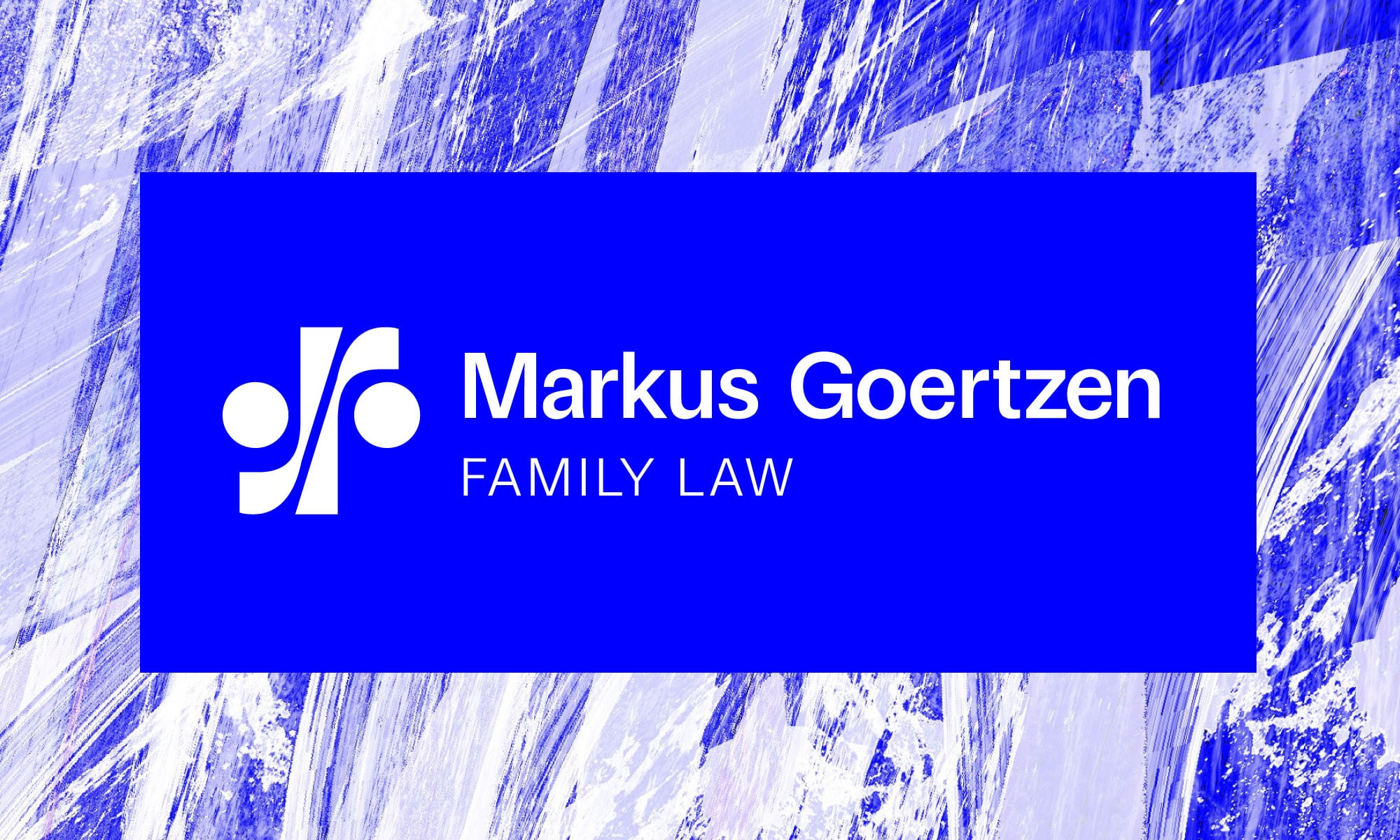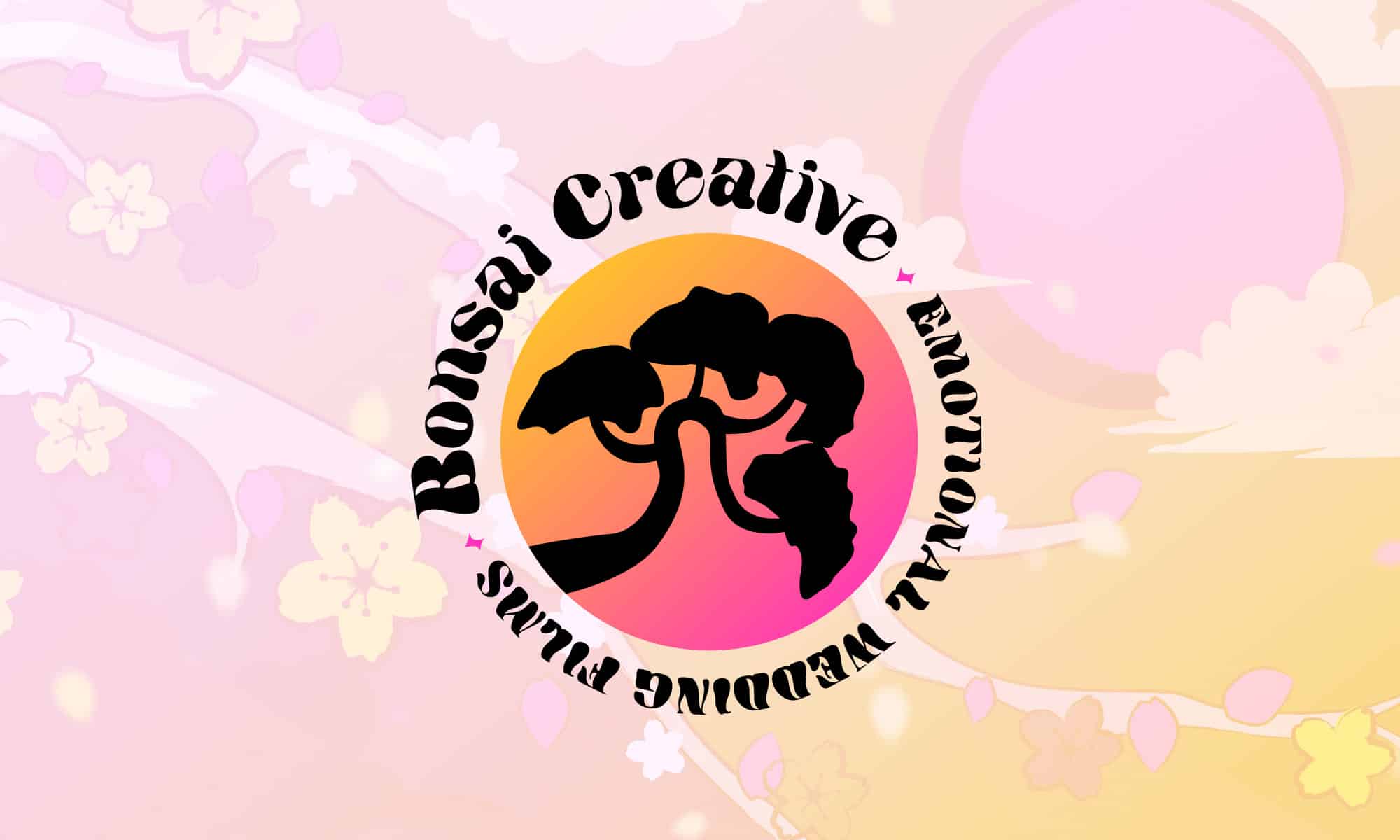A quick explainer about creating a website that is AODA compliant, what this accreditation means for you and your web design project and how we can help.
What is AODA compliance?
From the Accessibility Canada website:
The Accessibility for Ontarians with Disabilities Act, or AODA, aims to identify, remove, and prevent barriers for people with disabilities. The AODA became law on June 13, 2005 and applies to all levels of government, nonprofits, and private sector businesses in Ontario that have one or more employees (full-time, part-time, seasonal, or contract). The AODA includes requirements that all organizations must meet, with deadlines specific to an organization’s type and size.
Our explainer:
AODA compliance is about ensuring you have maximum readability and functionality across all of your material you are creating. We are talking about websites here however the same principles apply to any design work you may be doing (print, email marketing etc.)
How is AODA compliance achieved?
Content, design, functionality, architecture are the main ways we structure AODA compliance into a website.
From the Ontario Government website:
- Controlling a website
:
This means you have control over the website’s: appearance, functionality + content - Content
:
Content means any information that may be found on a web page or web application, including text, images, forms and sounds. - WCAG 2.0 Guidelines:
WCAG 2.0 is an internationally accepted standard for web accessibility developed by the World Wide Web Consortium (W3C), an international team of experts. - Levels of web accessibility
:
Each guideline has three levels of accessibility: A, AA and AAA. Newly created or refreshed websites must meet level A. Later, your website will need to meet Level AA. Meeting Level AAA is not required at this time. In most cases you must meet the Level A criteria before you can meet the Level AA criteria.
Our explainer:
If your developer chose the right Wordpress theme for your project then a lot of this functionality will be inherently coded in already. Ensuring the design is created using proper hierarchies of headings to make content organization clear and easy to follow, and that all colours are high contrast and allow for content to be easily viewed are next most important considerations.
How do I know if my website is AODA compliant?
Here is how the Web Content Accessibility Guidelines (WCAG) outlines compliance step by step:
1. Perceivable
1.1 Text Alternatives
1.2 Time-based Media
1.3 Adaptable
1.4 Distinguishable
2. Operable
2.1 Keyboard Accessible
2.2 Enough Time
2.3 Seizures and Physical Reactions
2.4 Navigable
2.5 Input Modalities
3. Understandable
3.2 Predictable
3.3 Input Assistance
4. Robust
4.1 Compatible
Our explainer:
You will know your website is AODA compliant if you had a designer and developer create your website who were knowledgeable about current best AODA practices and took the time to carefully address details.
How do you ensure your website designer knows how to achieve AODA compliance?
Good question! Well, you need to hire a web developer that has studied AODA compliance. It’s ideal if you have a website designer AND developer who understand the intricacies of AODA.
UNIVERSE’s Creative Director and lead web developer Elaine has studied AODA for over 10 years and is recognized as one of Toronto’s AODA experts. She was one of the lead designers on the re-design of the University of Toronto’s website in 2018 and has also designed and developed websites for The Law Society of Ontario, the Financial Accountability Office of Ontario and Ryerson University’s Diversity Institute.
UNIVERSE has the technical expertise to ensure your website achieve’s AODA compliance and our design philosophy naturally compliments it. Keep it simple, create strong designs with clear messaging and use the right platform for your website.
Related work
Markus Goertzen Family Law
Branding and website design and development for Toronto family law practice Markus Goertzen Family Law. The modern logo and identity give the office a unique brand identity in a competitive market.
Wendy Wong
Logo and brand design for a Canadian Professor of Political Science + Principal’s Research Chair.
Bonsai Creative
Logo and brand design for Bonsai Creative, Ontario wedding videographers. This brand design is remarkable and features a subtle psychedelic style, custom illustrations, and a flexible logo set.


